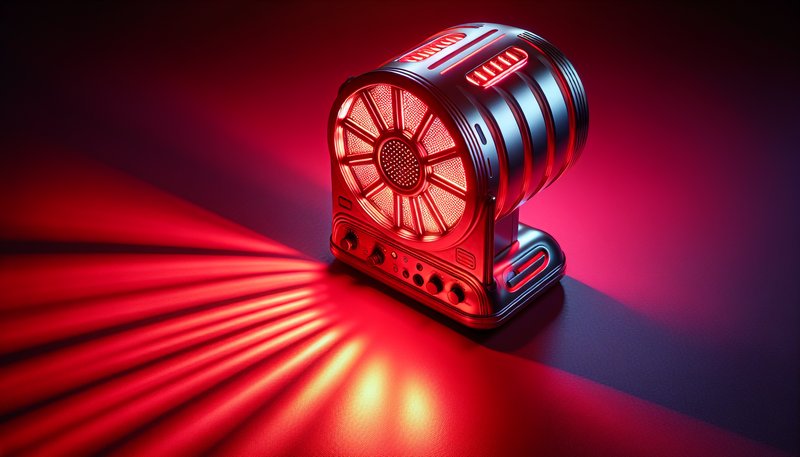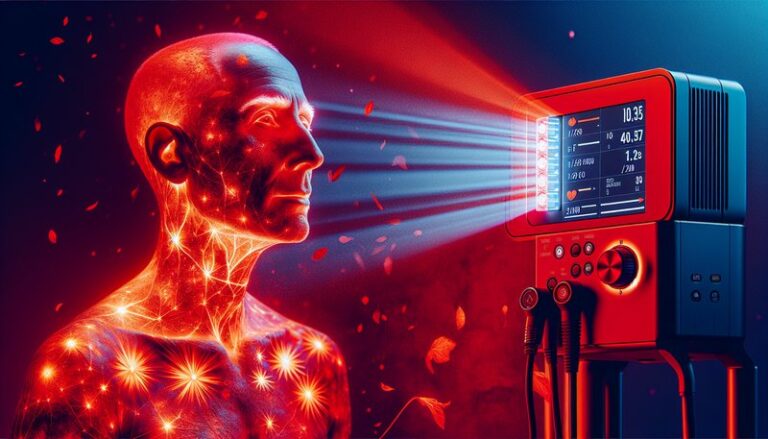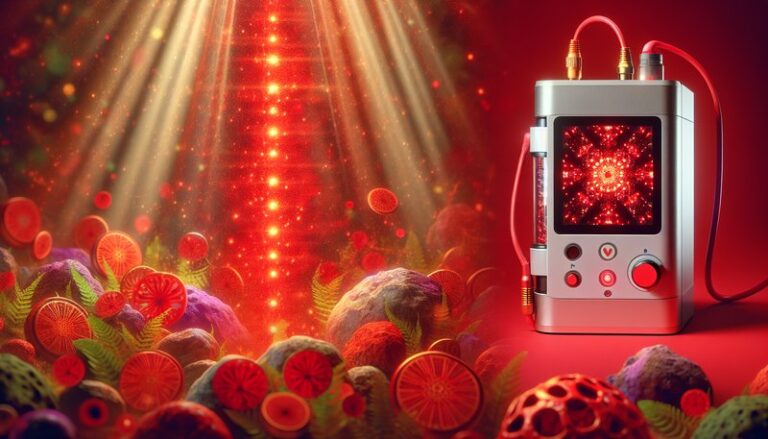Can Red Light Therapy Cause Migraines?
Can Red Light Therapy Cause Migraines?
Could the shimmering glow of red light actually trigger a migraine?
This article aims to explore the relationship between red light therapy (RLT) and migraines, providing insights into both potential benefits and drawbacks of using this treatment. We will examine what red light therapy entails, its potential impacts on migraines, the considerations to keep in mind, and alternatives worth exploring.
Key Takeaways
- Red light therapy is generally regarded as safe, but responses can vary among individuals, leading to potential migraines.
- The therapeutic benefits of RLT can contribute positively to various conditions, but some users report headaches or migraines as side effects.
- Understanding individual sensitivity to light and other factors is crucial in determining the suitability of RLT for migraine sufferers.
What is Red Light Therapy?
Red light therapy is a non-invasive treatment that uses low-level wavelengths of red or near-infrared light to promote healing, reduce inflammation, and stimulate cellular function. Often used in dermatology and pain management, RLT works by penetrating the skin to energize cells, accelerate healing, and reduce pain.
A common method of application is through devices like LED panels or handheld units that deliver targeted light energy. While many advocates praise RLT for its various health benefits, there is growing interest in how it may affect individuals who suffer from migraines.
What are the Benefits of Red Light Therapy?
Red light therapy offers several potential benefits, especially in pain relief and recovery:
Pain Reduction
Numerous studies have highlighted how RLT can reduce pain, particularly in conditions like arthritis or muscle strain. Many users report significant improvements in their pain levels after regular treatments.
Get the complete insights in Red Light Therapy Tanning
Reduced Inflammation
RLT has been shown to have anti-inflammatory effects, which can be beneficial in treating conditions that involve chronic inflammation. This can also potentially benefit individuals with migraines, as inflammation is a known trigger.
Improved Skin Health
For those suffering from skin issues such as acne or rosacea, red light therapy may enhance skin repair by stimulating collagen production and improving overall skin appearance.
Enhanced Mood and Energy Levels
There is evidence suggesting that RLT can help improve mood and energy, which could be advantageous for anyone suffering from the lethargy that often accompanies migraines.
Is it Possible for Red Light Therapy to Cause Migraines?
While red light therapy is generally safe for most individuals, some users report experiencing headaches or migraines post-treatment. This can be attributed to a few factors including light sensitivity, overexposure, or pre-existing conditions.
What are the Advantages of Understanding RLT’s Effects on Migraines?
Being aware of the potential for RLT to cause headaches can enable users to take proactive steps to mitigate risks. Understanding personal sensitivity can help in modifying treatment plans effectively, ensuring a more tailored and safe experience.
What are the Disadvantages of Not Acknowledging This Potential?
Ignoring the possibility of migraines can lead to negative experiences with RLT, discouraging individuals from using a potentially beneficial treatment. Proper acknowledgment allows for better management of expectations and outcomes.
What are the Things to Consider Before Starting Red Light Therapy?
Before diving into red light therapy, several important factors should be taken into account:
Sensitivity to Light
Individuals who are particularly sensitive to light may experience increased risk for migraines when exposed to RLT. Informing a healthcare provider can help gauge sensitivity levels before starting therapy.
Treatment Duration and Intensity
It’s vital to consider how long and how intensely RLT is applied. Starting with shorter sessions at lower intensities may help determine personal thresholds for treatment without triggering a migraine.
Existing Health Conditions
Those with a history of migraines or neurological disorders should consult their healthcare provider before starting treatment, ensuring it aligns with their health needs and doesn’t interfere with existing conditions.
What are the Alternatives to Red Light Therapy?
For individuals seeking options beyond red light therapy, several alternatives can provide relief for migraines:
Cold or Heat Therapy
Applying cold packs or heated pads can be effective in alleviating migraine pain. Cold therapy numbs the area and reduces inflammation, while heat can relax tense muscles and improve blood flow.
Acupuncture or Acupressure
These traditional therapies focus on stimulating specific points in the body to relieve tension and pain, potentially providing significant relief from migraines for some individuals.
Biofeedback Therapy
This technique teaches individuals to control physiological functions, potentially reducing the frequency and severity of migraines. By using sensors to highlight bodily responses, patients can learn ways to manage stress and tension that may trigger migraines.
Conclusion: Is it Recommended to Try Red Light Therapy?
While the potential for red light therapy to cause migraines exists, especially in sensitive individuals, it can also offer significant therapeutic benefits. It is essential for those considering RLT to weigh both its potential advantages and drawbacks, and carefully monitor their responses. Consultation with healthcare providers can lead to a more informed decision tailored to each individual’s needs.
Frequently Asked Questions
Can red light therapy help with migraine prevention?
Some users report that RLT may help reduce the frequency of migraines due to its anti-inflammatory properties and improved cellular function. However, results can vary significantly.
How long should I use red light therapy to see results?
Typically, a duration of 10-20 minutes per session several times a week is recommended, but individuals must adjust based on their personal tolerance and reaction.
Is red light therapy safe for everyone?
While generally safe, individuals with specific light sensitivities or certain medical conditions should consult healthcare professionals before commencing treatment.
Dive deeper into Frequency of Red Light Therapy for Pain
Are there any side effects of red light therapy?
Some common side effects may include mild irritation or headaches, particularly in people with light sensitivity. It’s important to monitor your reactions during and after treatments.
What should I do if I experience a migraine after red light therapy?
If migraines occur after treatment, consider reducing session duration or intensity and consult with a healthcare provider for further advice and adjustments to your treatment plan.





